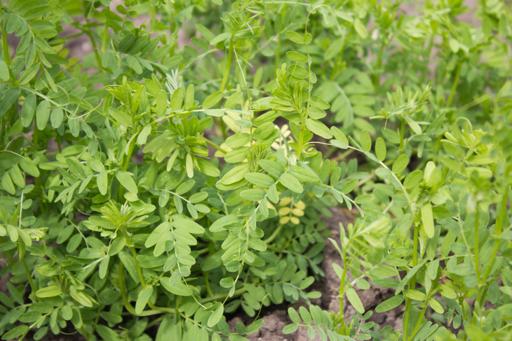Lentil
Lens culinaris
Also known as: Common Lentil, Green Lentil, Red Lentil

Growing Information
Growth Habit: Herb
Climate Requirements: Prefers cool, dry climates with temperatures between 18–22°C during the growing season.
Soil Requirements: Well-drained, fertile soils with a pH of 6.0–7.5.
Water Requirements: Requires moderate water, but is drought-tolerant once established.
Planting Instructions: Sown directly in the soil, spaced 10–15 cm apart in rows, with planting depth of 2–3 cm.
Harvesting Information: Harvested when the pods are dry, typically 80–110 days after planting.
Characteristics & Benefits
Plant Characteristics: Lentil is a leguminous plant grown for its edible seeds, which are small, lens-shaped, and come in various colors including green, red, and brown.
Nutrient Content: High in protein, fiber, iron, and folate.
Health Benefits: Supports heart health, improves digestive health, and is a great source of plant-based protein.
Yield Information: Average yield is 1.5–2 tons per hectare.
Uses & Distribution
Culinary Uses: Used in soups, stews, salads, or ground into flour for baking. Common in Indian, Middle Eastern, and Mediterranean cuisines.
Industrial Uses: Used in the production of plant-based protein, animal feed, and biofuels.
Native Range: South Asia and the Near East.
Current Distribution: Grown in many parts of the world, with major producers including Canada, India, and Turkey.
Pest & Disease Management
Common Pests: Aphids, lentil weevil, and root rot.
Diseases: Ascochyta blight, fusarium wilt, and powdery mildew.
IPM Practices: Crop rotation, use of disease-resistant varieties, and early detection of pests.
Market Value: $120.00
Research & References
Studies and Articles: Research on enhancing lentil varieties for improved yield and disease resistance.
Bibliography: Lentil Cultivation and Uses, 2022.
Comments
Add CommentNo comments yet. Be the first to comment!